Name Harald Bode Role Engineer | ||
 | ||
Died January 15, 1987, New York City, New York, United States | ||
Harald bode testing his bode 7702 vocoder
Harald Bode (October 19, 1909 – January 15, 1987) was a German engineer and pioneer in the development of electronic music instruments.
Contents
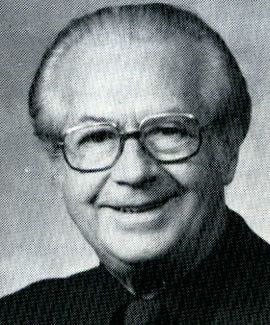
Biography
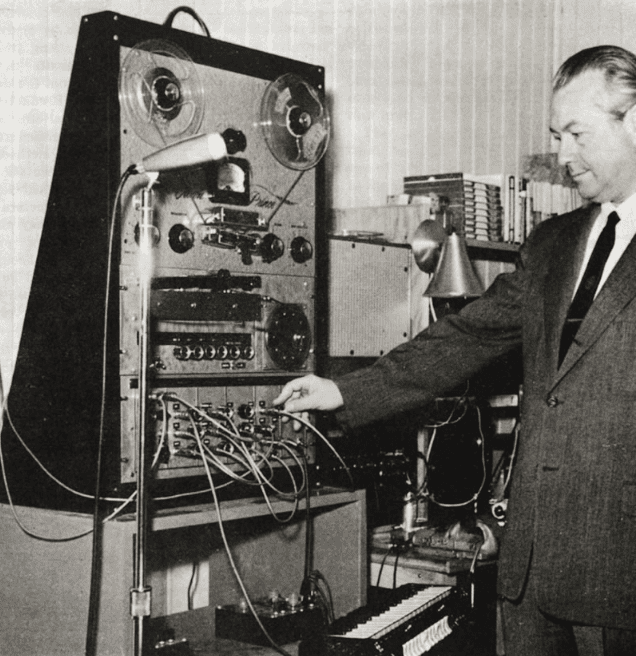
Harald Bode was born in 1909 in Hamburg, Germany. At the age of 18 he lost his parents and started studying, and graduated from the University of Hamburg in 1934. In 1935, he began his pioneering work in the field of electronic musical instruments, and with funding support provided by Christian Warnke, his earliest work was completed in 1937.

Warbo Formant Organ (1937), an archetype of today's polyphonic synthesizer, was a four voice key-assignment keyboard with two formant filters and dynamic envelope controller. Eventually it went into commercial production by a factory in Dachau, and it became one of the earliest polyphonic synthesizer products, along with Novachord (1939) by Hammond.
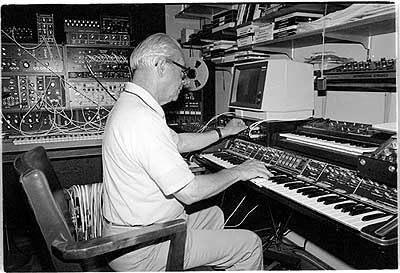
Melochord (1947–1949) developed by Bode was extensively used by Werner Meyer-Eppler in early days of the electronic studio at Bonn University. Then in 1953 a Melochord, along with Monochord by Freidrich Trautwein, was specially commissioned by the Studio for Electronic Music of the Westdeutscher Rundfunk (WDR Studio in Cologne, West German Broadcasting Corporation), and used by the Elektronische Musik group throughout the 1950s. (see Melochord at the WDR Studio in Cologne)
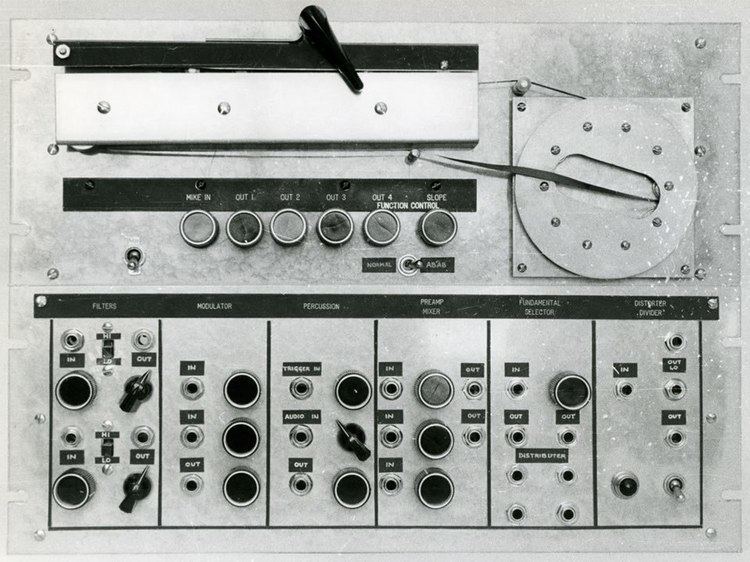
From 1950, Bode designed electronic organs for the Apparatewerk Bayern (AWB) in Germany and the Estey Organ Company in the United States. In 1954, Bode immigrated to the United States as a chief engineer (later vice-president) of Estey Organ, and resumed his research at several companies and as a contractor of German companies.

In 1959-1960, Bode developed modular synthesizer and sound processor, and in 1961, he wrote a paper exploring the advantages of newly emerging transistor technology over older vacuum tube devices; also he served as AES session chairman on music and electronic for the fall conventions in 1962 and 1964; after then, his ideas were adopted by Robert Moog, Donald Buchla and others.
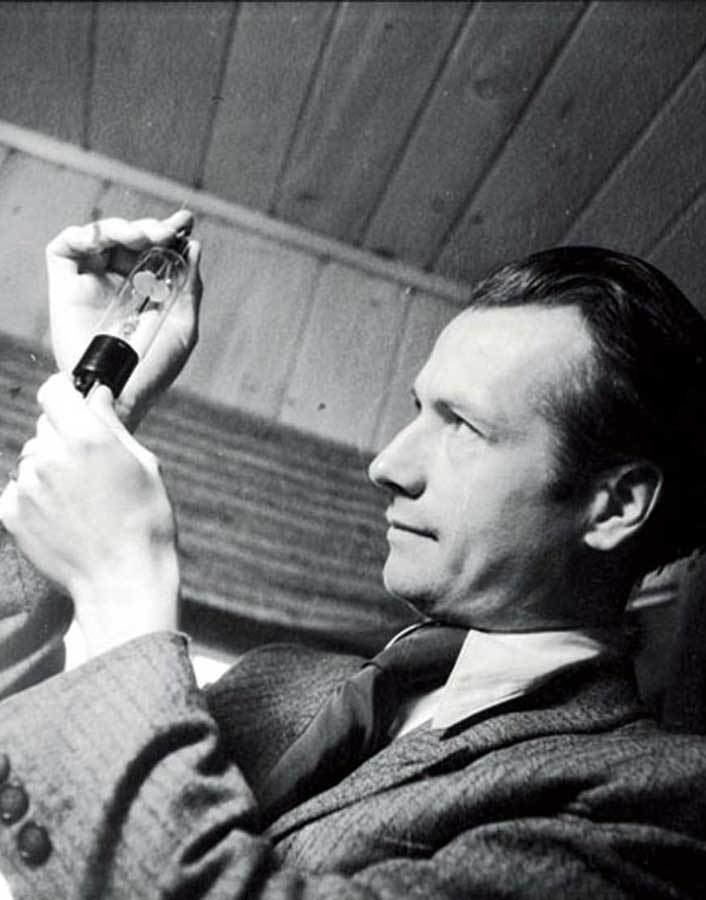
After retiring from the chief engineer of Bell Aerospace in 1974, he composed TV-advertising spots and gave live concerts. Also in 1977, Bode was invited as a chief engineer of the Norlin/Moog Music after Robert Moog left.
He died in New York, New York, United States in 1987.
Bode's influence upon electronic music has persisted long after his death, with a number of 21st century musicians referencing or sampling his work.
Accomplishments
Theory, circuits and devices to the sound production and sound figuration. Development and building of monophonic and polyphonic electronic organs/synthesizers and the sound processors:
For the Apparatewerk Bayern (AWB) in Germany, Estey Organ Company in Brattleboro, Vermont, USA, and others:
During he was an executive of Wurlitzer Organ Co.:
As the products of Bode Sound Company:
Note that above three products were also licensed to Moog Music as a part of the Moog Synthesizer.
The Melochord at the WDR Studio in Cologne have been used by:
But in the case of Karlheinz Stockhausen, a student of Meyer-Eppler at the University of Bonn in 1954–56, his only use of the melochord was in a failed experiment with a ring modulator. After this, he chose to disregard such instruments in favor of sine-wave generators, which he used in producing Studie I (1953) and Studie II (1954). This was also true for the two works by Karel Goeyvaerts produced there, and for Seismogramme (1954) by Henri Pousseur.
Personal life
He was the father of cinematographer Peer Bode (We Can't Go Home Again).
